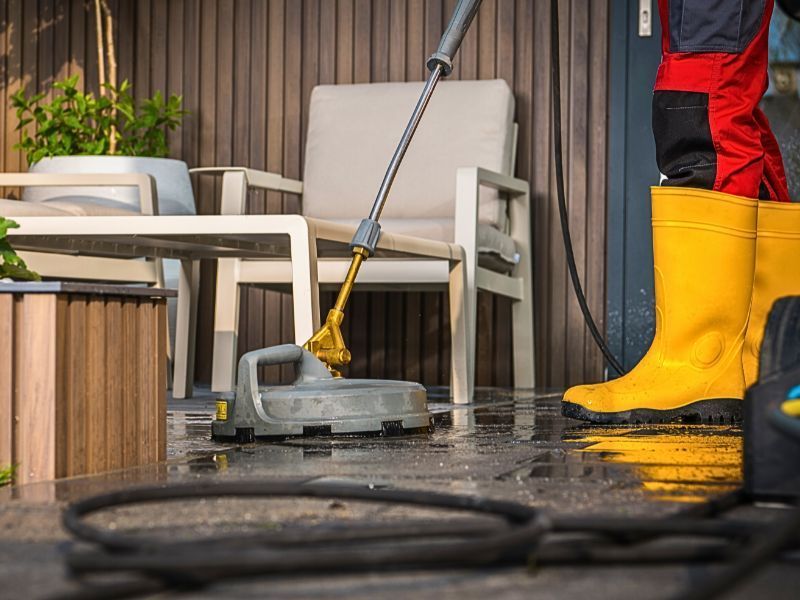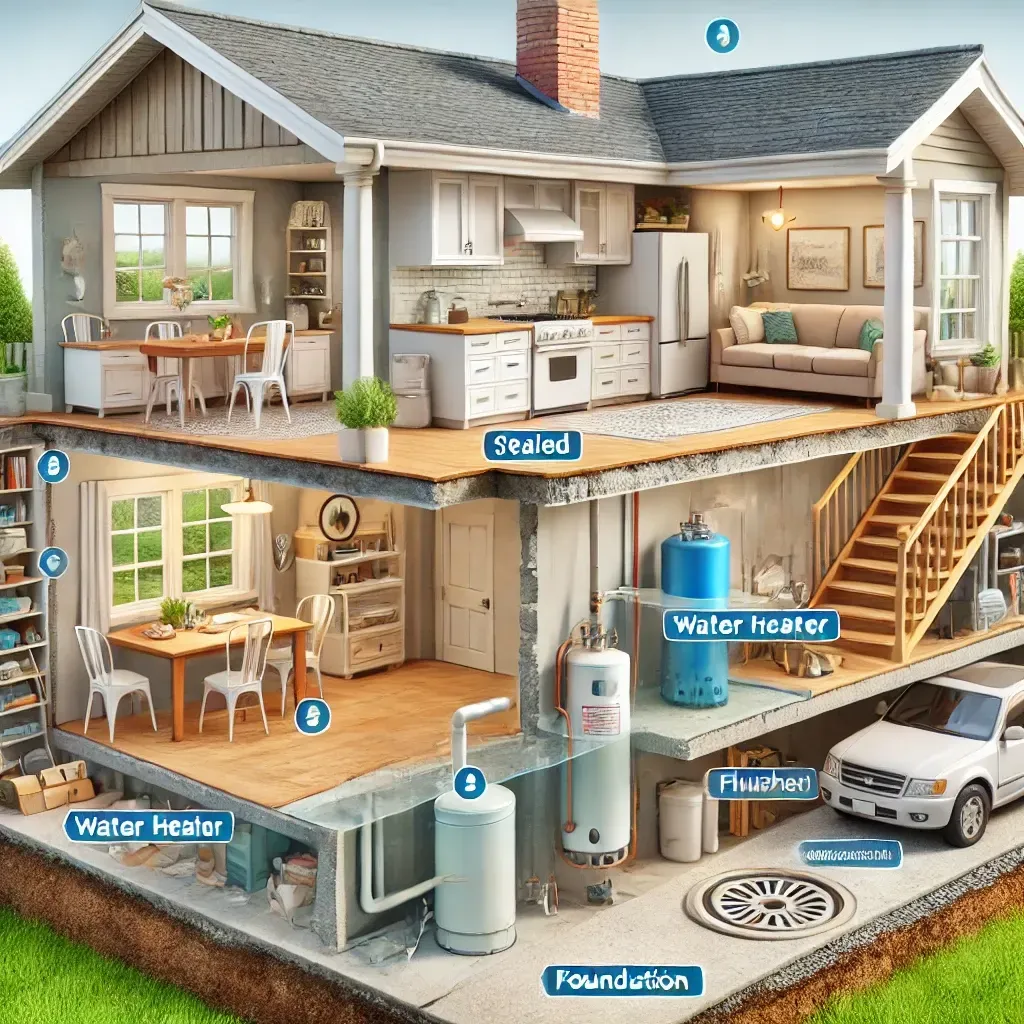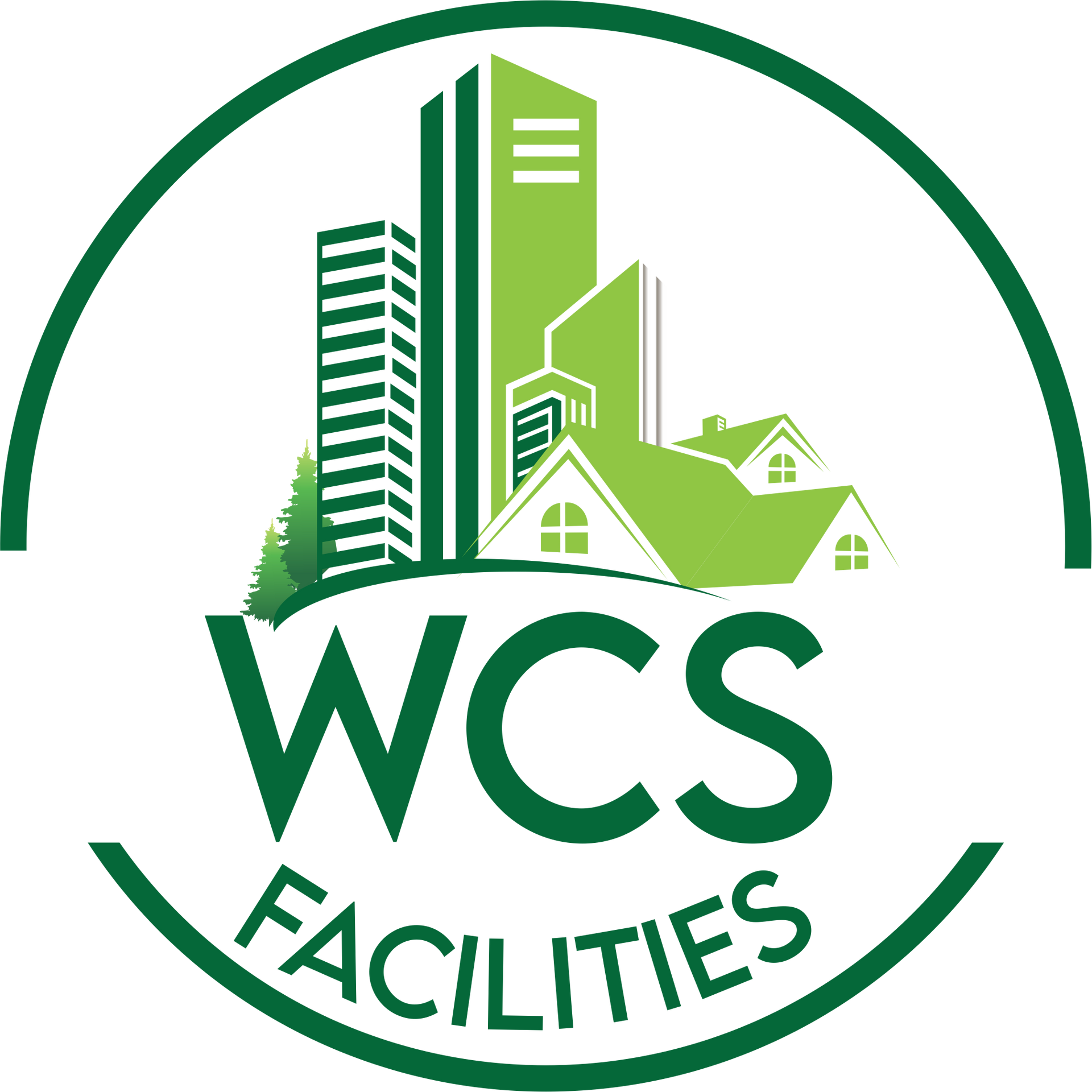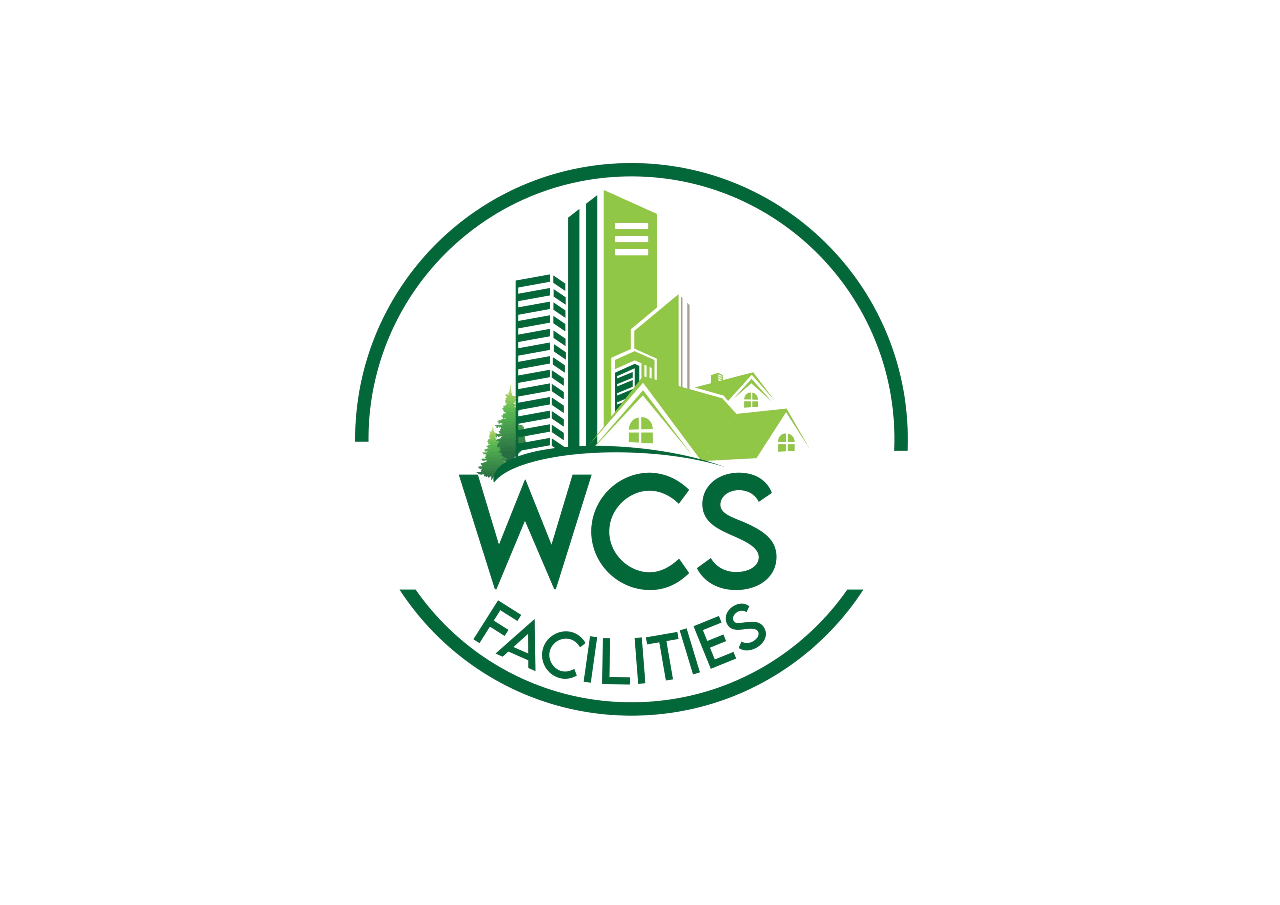How Does a Pressure Washer Surface Cleaner Work?
Have you ever wondered how your driveway, patio, or sidewalk gets so clean after a pressure cleaning? It's not magic; it's the clever pressure washer surface cleaner doing its job. In this blog post, we'll break down the science behind how this cleaning tool works.
Pressure washers have become a go-to choice for homeowners and pros alike when it comes to tackling tough dirt and grime. They offer a level of cleaning power and convenience that traditional methods can't match. But there's a secret weapon in the world of cleaning, and it's the pressure washer surface cleaner. This attachment takes pressure washing to a whole new level, and we're about to dive into how it does that and the benefits it brings to your cleaning tasks.
The Science of Pressure Washing

To understand how a pressure washer surface cleaner works, let's start with the basics of pressure washing. Pressure washing, sometimes called power washing, employs strong, high-pressure water to clean surfaces by removing dirt, grime, mold, and stubborn stains. This powerful stream of water is what gives your outdoor spaces a fresh look.

How Does Pressure Washing Work?
- High-Pressure Pump: The core of any pressure washer is the high-pressure pump. It takes the water from your hose and pressurizes it to create a strong stream.
- Nozzle Attachment: At the end of the pressure washer's wand, there's a nozzle. The nozzle's design determines the angle and force of the water stream. For surface cleaning, a wide-angle nozzle works best to cover more area efficiently.
- Water Flow: The high-pressure water moves swiftly through the nozzle, generating a powerful jet. Depending on the pressure washer's features, it can achieve pressures anywhere from 2,000 to 4,000 pounds per square inch (PSI).
- Contact with Surface: The person using the pressure washer guides the wand across the surface. This ensures that the high-pressure water directly hits the dirt and grime.
5. Removing Dirt: The force of the water jet dislodges dirt, mold, mildew, and other contaminants from the surface. It effectively removes even stubborn stains.
6. Dealing with Wastewater: While cleaning, the dislodged dirt and water mixture is pushed away from the surface and collected for disposal or drainage.
Understanding the basics of pressure washing is crucial to grasp how a pressure washer surface cleaner makes cleaning more efficient. Now, let's explore the features and advantages of this specialized tool.
Benefits of a Pressure Washer Surface Cleaning
A pressure washer surface cleaner is like a precision tool for cleaning. It's designed to make pressure washing easier, more thorough, and user-friendly. Let's explore how this attachment works and its benefits.
Features and Benefits of a Pressure Washer Surface Cleaner:
- Consistent Cleaning: Unlike a regular pressure washer wand, a surface cleaner has multiple nozzles enclosed in a spinning dome. This design ensures consistent and even cleaning across the entire surface, preventing streaks or uneven results.
- Faster Cleaning: The spinning action of the surface cleaner covers a larger area with each pass. This significantly reduces cleaning time, making it ideal for larger areas like driveways and patios.
- Less Mess: Traditional pressure washing can create a messy splashback, leaving you and your surroundings wet. Surface cleaners keep the water contained, minimizing splashes and keeping you dry.
- Reduced Fatigue: Holding a high-pressure wand for an extended time can be tiring. Surface cleaners are easy to handle and reduce operator fatigue, allowing for longer, more comfortable cleaning sessions.

5. Better Cleaning Performance: The combination of high pressure and consistent nozzle placement in a surface cleaner results in superior cleaning performance. It's highly effective at removing tough stains, oil spills, and embedded grime.
6. Versatile: Surface cleaners are suitable for a wide range of outdoor surfaces, including concrete, asphalt, pavers, and even wooden decks. They adapt to various cleaning needs.
Conclusion
Understanding how a pressure washer surface cleaner operates reveals the science behind its impressive cleaning capabilities. This attachment boosts the efficiency and effectiveness of pressure washing, making it an essential tool for keeping your outdoor spaces clean and appealing.
So, the next time you're searching for "pressure cleaning services near me," remember that the secret lies in the mechanics of a pressure washer surface cleaner. Whether you're a homeowner or a professional cleaner, this tool can simplify your outdoor cleaning tasks, leaving your surfaces spotless and inviting.
You might also like




